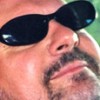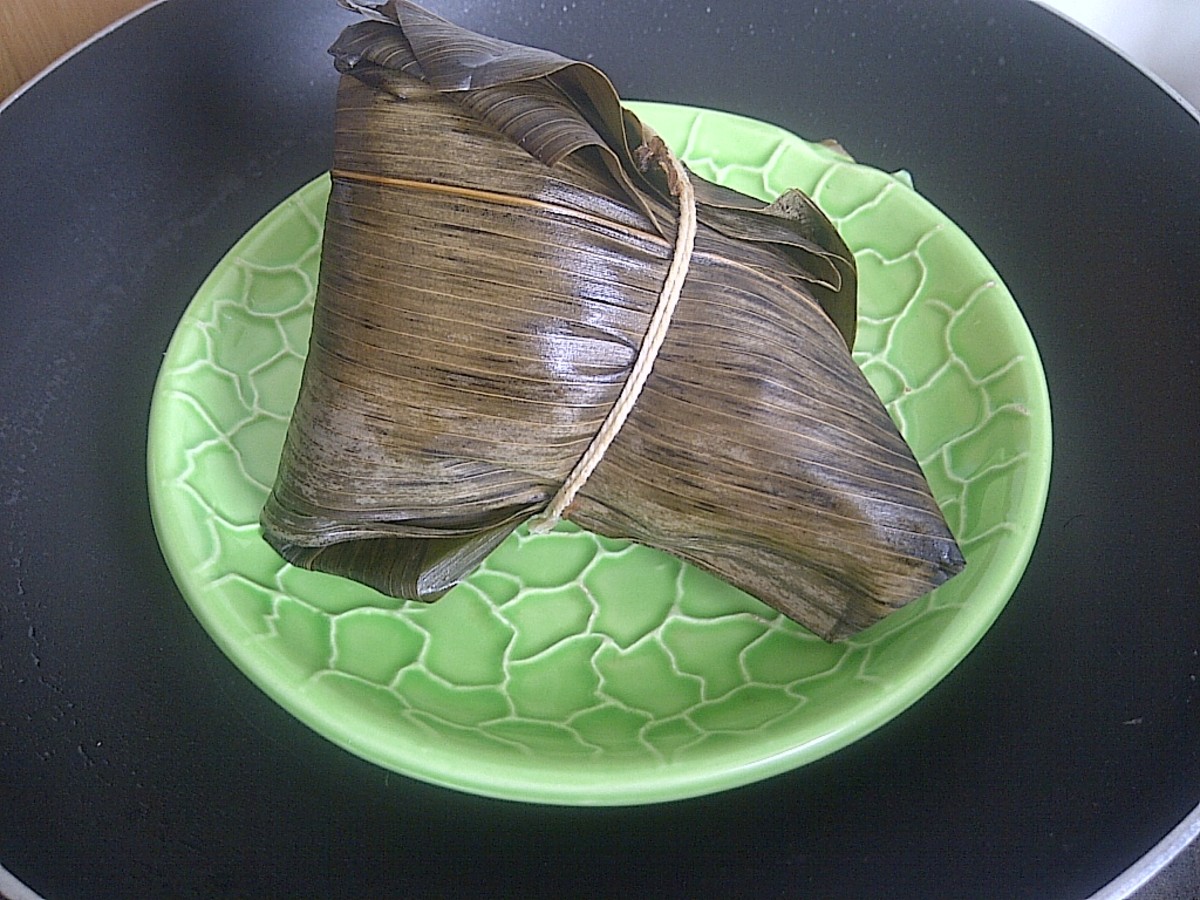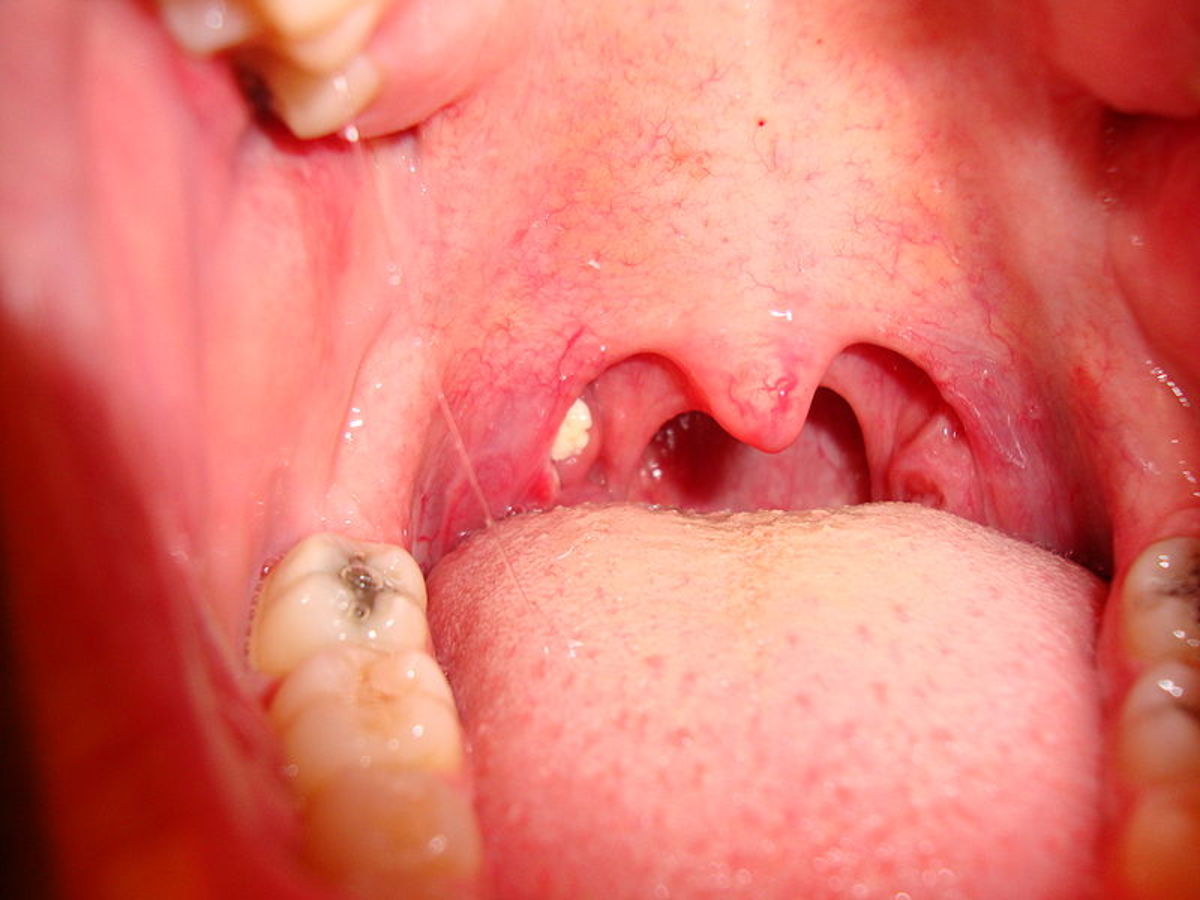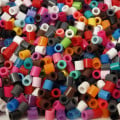- HubPages»
- Health»
- Alternative & Natural Medicine»
- Whole-Body Health & Holistic Medicine
Review: The Body Clock Guide
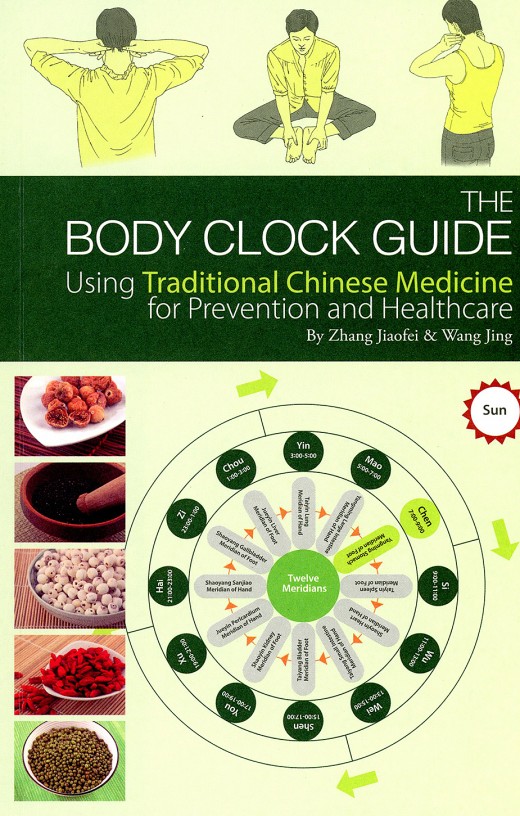
The Body Clock Guide: Using Traditional Chinese Medicine for Prevention and Healthcare, is authored by Zhang Jiaofei & Wang Jing, both current practitioners/educators in Traditional Chinese Medicine (TCM) in Henan Province, China.
In its broadest sense, Traditional Chinese Medicine (TCM) includes herbal medicine, dietary therapy, acupuncture, moxibustion (the burning of herbs over or on specific points on the body), and tui na (or therapeutic massage), as well as the physical regimens of tai chi and qi gong. The roots of TCM, based in the traditional Taoist belief system, sprouted more than 2,500 years ago in China.
An early compendium of such medical advice was the Yellow Emperor’s Canon of Internal Medicine, compiled roughly coincident with the beginning of the Christian Era. That Canon was a holistic guide to well-being, touching not only on physical aspects of the body, but also on topics as diverse as ecology, mathematics, sociology, astronomy, meteorology, philosophy, anthropology, and even military strategy. That Ancient Chinese classic provided the theoretical basis for much of TCM.
Central to the practice of TCM is the belief that the human body is a miniature version of (and an interconnected part of) the larger, surrounding universe. The body’s general wellbeing is therefore directly affected by the varying rhythms of time, season and weather. Health depends upon maintaining harmony between yin and yang, two opposing yet complementary forces, and sustaining qi, a vital energy that flows through the body while performing vital functions to maintain health and sustain life.
Today there are well over 1 million patients of TCM annually in the United States alone, and an estimated 3 million and more regularly practice tai chi or use acupuncture. For those and many others, The Body Clock Guide: Using Traditional Chinese Medicine for Prevention and Healthcare, by Zhang Jiaofei & Wang Jing is a helpful introduction into the Body Clock regimen.
Within TCM, each 24-hour day is subdivided into twelve different 2-hour periods. In each of those periods, a different ‘channel’ or ‘meridian’ within the human body is on duty — to sustain and encourage the proper flow of the vital energy qi. At 8 a.m. for example, the Stomach Meridian is in its prime, whereas the Gallbladder Meridian takes over by midnight. Throughout each day, various meridians rise to most greatly affect the body’s vital life source. By directing one’s daily habits of sleep, exertion, diet and mental processes to focus on each of these 12 successive channels or mediating organs, one can theoretically increase the flow and strength of qi (and, thereby, improve health and increase longevity).
The Body Clock Guide ranges across a broad spectrum of recommended activities, such as waking, sleeping, exercising, bathing, defecating, massage, posture, rubbing, tapping, combing, eye-rolling, and teeth-clicking. In the process, the book offers tips for treatment or relief of a surprisingly encyclopedic collection of ailments: depression, confusion, sciatica, migraines, glaucoma, deafness, heart ailments, fevers, indecision, sore throat, cataracts, pimples, gallstones, anger, infertility, gray hair, dizziness, breast diseases, blurred vision, inflammation, hemorrhoids, tinnitus, arthritis, snoring, gray hair, constipation, worry, colds, insomnia, backache, and so on. Aiding the novice practitioner of TCM are numerous color sketches of the human body showing appropriate postures, techniques and massage points, along with plentiful colorful photographs of recommended foods.
Even those not particularly disposed toward full application of all of The Body Clock Guide’s recommended practices or regimens — particularly those that appear more elaborate or potentially problematic — can benefit from the many simple tips offered for pain and stress relief and relaxation.
The authors are both Vice-Chief Physicians of Henan University of Traditional Chinese Medicine. Founded in 1958, in Zhengzhou, capital city of the Central Plains province of Henan, the University has grown to become a key locus of TCM research and education, and began admitting international students in 1993.
This volume is a softcover book in portrait format, 5.5” x 8.25”, consisting of 168 pages, with plentiful interspersed drawings, diagrams, charts and photos. There is also a brief explanatory preface that concisely presents the Body Clock concept toward holistic health.
The Body Clock Guide: Using Traditional Chinese Medicine for Prevention and Healthcare, by Zhang Jiaofei & Wang Jing is published by Better Link Press, New York, and Shanghai Press and Publishing Development Company, Shanghai, 2015. It is available in North America, Latin America, Europe and South Asia from Tuttle Publishing and its affiliates.
The reviewer, Rick Zimmerman, is an avid reader, architect and cartoonist based in Northeast Ohio.
